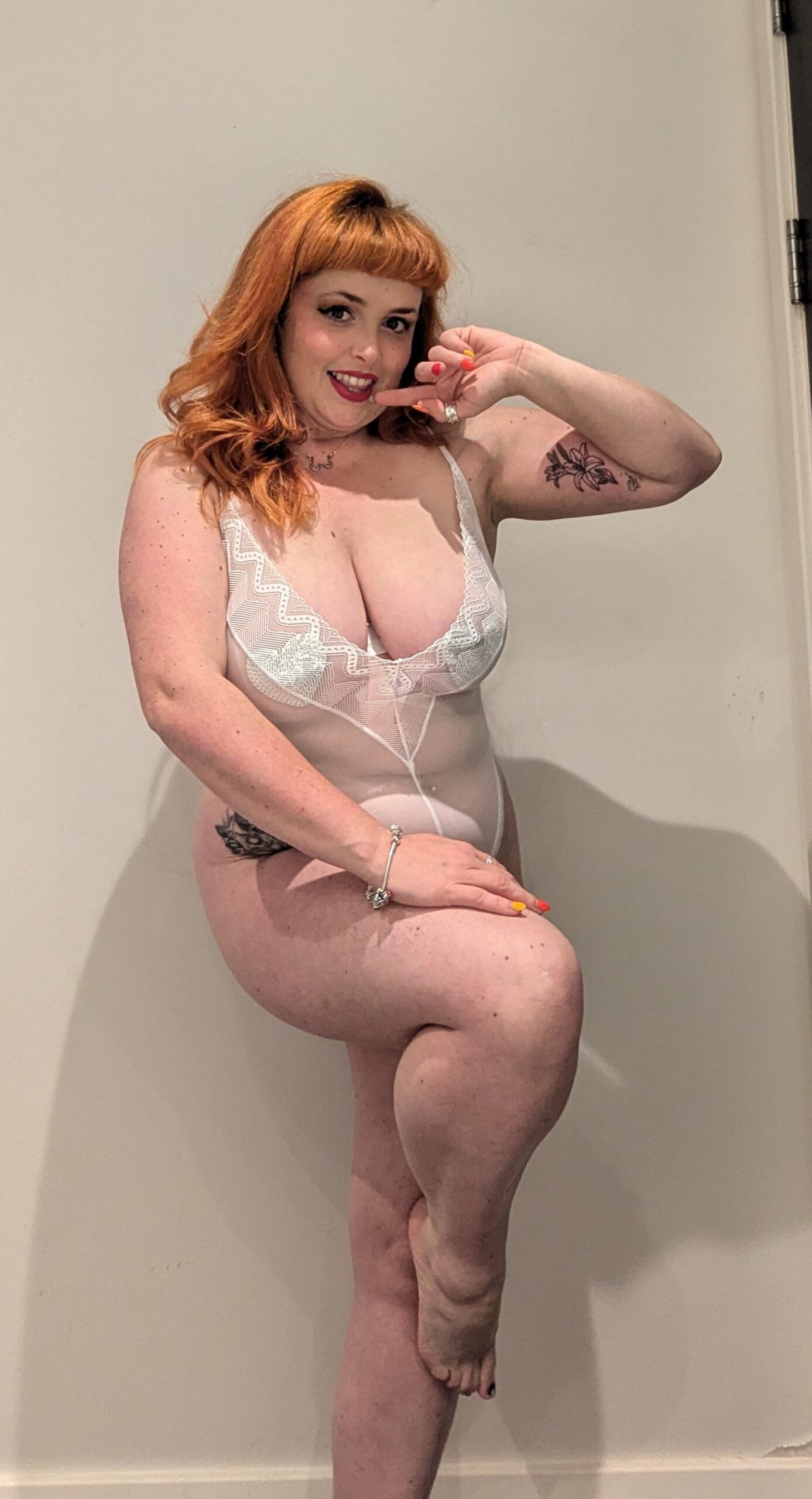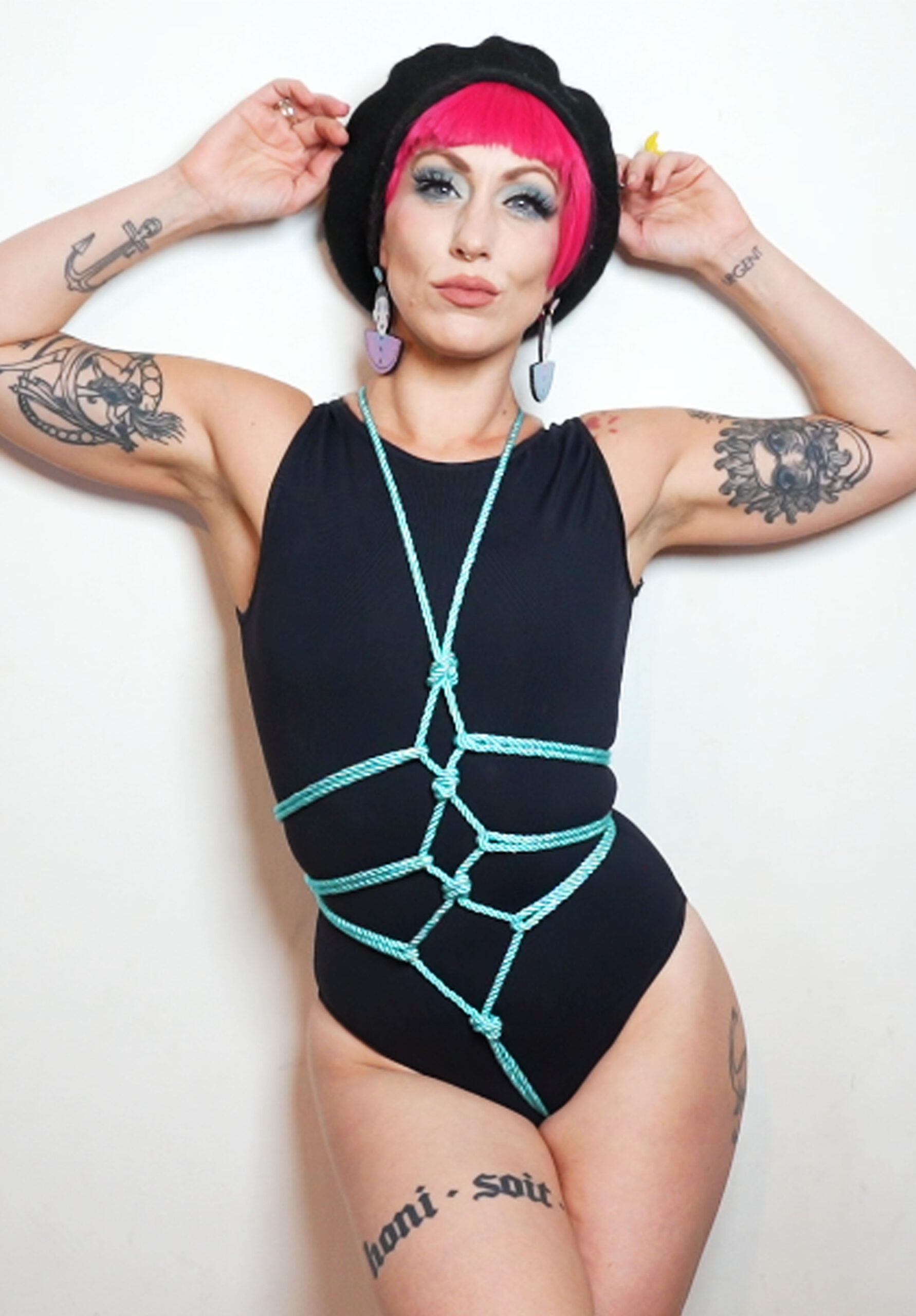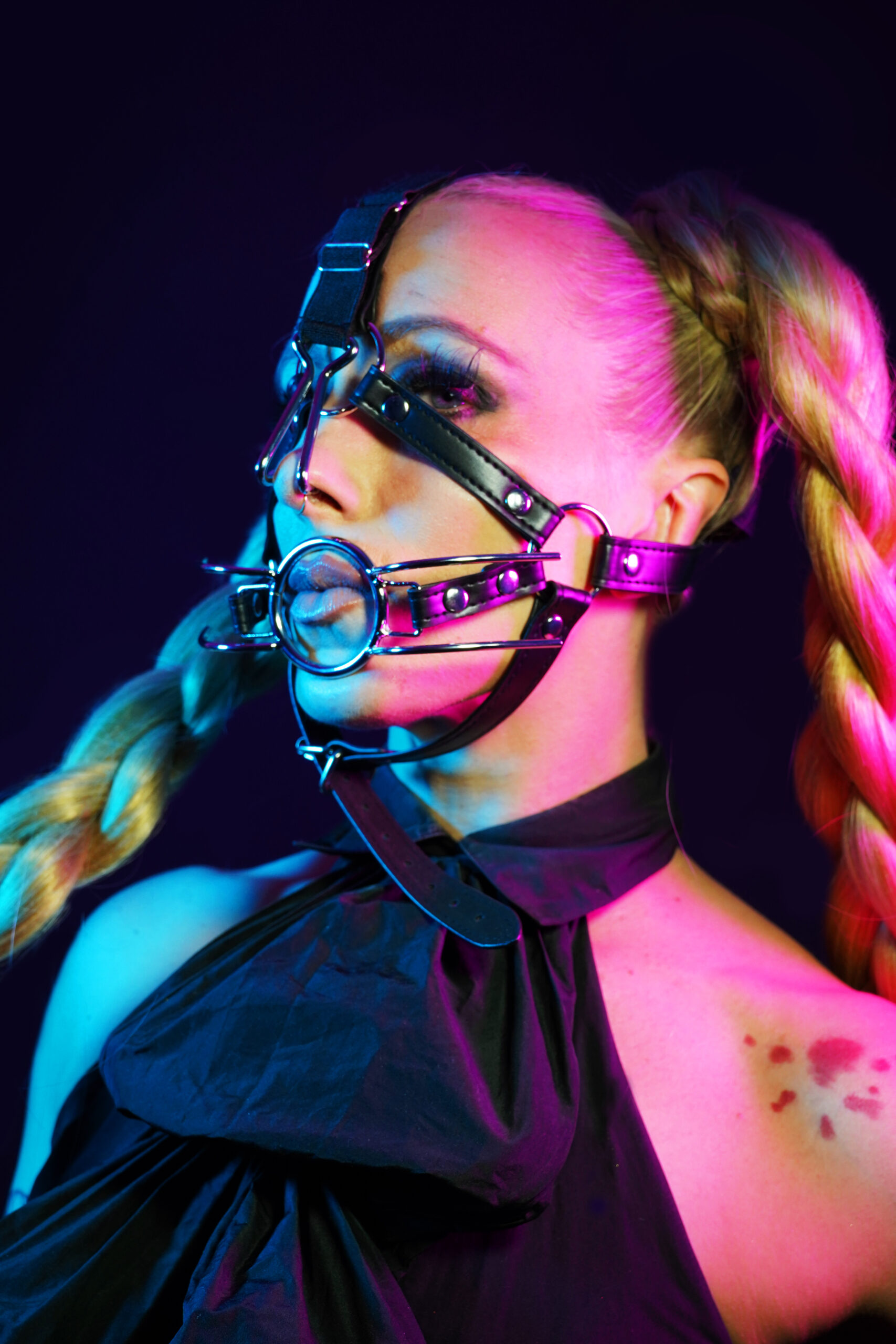The Role Of Intersectionality In Understanding Sexuality And Gender

The Nature of Intersectionality
Understanding the complexities of sexuality and gender requires a framework that recognizes the interconnected nature of social categories. Intersectionality, a concept coined by legal scholar Kimberlé Crenshaw, illuminates how various aspects of an individual’s identity, such as race, class, gender, and sexual orientation, intersect and interact to shape their experiences.
Defining Intersectionality
Intersectionality acknowledges that individuals do not exist in isolation but rather embody multiple identities simultaneously. These identities are not independent of each other; instead, they intertwine and influence one another, creating unique experiences and challenges.
For instance, a Black lesbian woman’s experience will be shaped by the intersection of her race, gender identity, and sexual orientation. Each of these categories carries its own set of societal norms, stereotypes, and prejudices, which converge to create a multifaceted reality that cannot be fully understood by examining each aspect in isolation.

Historical Context and Origins
Intersectionality is a framework for understanding how aspects of a person’s identity interact and influence their experiences. It recognizes that individuals hold multiple social identities, such as race, class, gender, and sexual orientation, which are interconnected and cannot be examined separately.
The concept originated in the 1980s with legal scholar Kimberlé Crenshaw, who was studying how Black women faced discrimination based on both their race and gender. rope marks She observed that existing anti-discrimination laws were inadequate because they failed to account for the unique experiences of individuals facing multiple forms of oppression.
Crenshaw coined the term “intersectionality” to highlight this phenomenon and emphasize the need for a more nuanced understanding of social inequality.
Sexuality Beyond the Binary
Sexuality exists on a spectrum far beyond the confines of a binary framework. Recognizing and embracing this diversity requires an approach that acknowledges the multifaceted nature of individuals’ experiences.
Challenging Traditional Gender Roles
Challenging traditional gender roles is essential for creating a more inclusive and equitable society. These rigid roles often limit individuals’ expressions, aspirations, and opportunities based on societal expectations associated with their assigned sex at birth.
Breaking free from these confines allows individuals to explore their authentic selves, fostering self-discovery and personal growth.
This liberation extends beyond individual benefits, creating a richer and more diverse society that celebrates the full spectrum of human experiences.
Queer Identities and Experiences
Understanding the complexities of sexuality and gender requires moving beyond traditional binary frameworks and embracing the diversity of human experience. Sexuality exists on a spectrum, encompassing a wide range of identities and expressions that defy simplistic categorization.
Queer identities encompass individuals who identify outside the societal norms of heteronormativity and cisgender expectations. This umbrella term recognizes the vast spectrum of gender identities, sexual orientations, and experiences that fall outside the binary.
It is crucial to recognize that these identities are not monolithic; each individual’s experience is unique and shaped by a multitude of factors, including race, class, religion, and ability.
Embracing intersectionality in understanding sexuality and gender means acknowledging the interconnectedness of these identities. For instance, a transgender woman of color may face unique challenges and experiences compared to a cisgender white woman or a gay man.
By recognizing and validating the diverse expressions of sexuality and gender, we create a more inclusive and equitable society that celebrates the full spectrum of human identity.

Intersectionality and Sexual Fluidity
Understanding the complexities of sexuality and gender requires moving beyond traditional binary frameworks and embracing the diversity of human experience. Sexuality exists on a spectrum, encompassing a wide range of identities and expressions that defy simplistic categorization.
Queer identities encompass individuals who identify outside the societal norms of heteronormativity and cisgender expectations. This umbrella term recognizes the vast spectrum of gender identities, sexual orientations, and experiences that fall outside the binary.
It is crucial to recognize that these identities are not monolithic; each individual’s experience is unique and shaped by a multitude of factors, including race, class, religion, and ability.
Embracing intersectionality in understanding sexuality and gender means acknowledging the interconnectedness of these identities. For instance, a transgender woman of color may face unique challenges and experiences compared to a cisgender white woman or a gay man.
By recognizing and validating the diverse expressions of sexuality and gender, we create a more inclusive and equitable society that celebrates the full spectrum of human identity.
Gender Beyond the Binary
The traditional understanding of gender as solely male or female is increasingly being challenged by the recognition of a broader spectrum of gender identities.
Transgender Experiences
Gender exists on a spectrum, encompassing a wide range of identities beyond the traditional binary of male and female. This spectrum includes individuals who identify as transgender, non-binary, genderfluid, agender, and many other expressions.
Transgender individuals identify with a gender that differs from the sex they were assigned at birth. This experience can involve changes in legal documents, social presentation, or medical interventions to align their physical appearance with their gender identity.
Non-binary individuals do not identify exclusively as male or female. They may see themselves as both, neither, or somewhere else on the gender spectrum.
Genderfluid individuals experience shifts in their gender identity over time. Their sense of self may fluctuate between different genders or exist outside of a fixed binary.
Non-Binary Identities
Beyond the traditional binary of male and female, a diverse range of gender identities exists. These identities challenge rigid notions of gender and recognize the fluidity and complexity of human experience.

Non-binary individuals identify as neither exclusively male nor female, encompassing a spectrum of gender expressions and experiences. These identities defy societal expectations that confine individuals to predetermined roles based on their assigned sex at birth.
The recognition of non-binary identities is crucial for fostering inclusivity and celebrating the diversity of human experience. It challenges binary thinking and creates space for individuals to express their authentic selves without limitations imposed by traditional gender norms.
Intersex Individuals
Understanding the complexities of sexuality and gender requires moving beyond traditional binary frameworks and embracing the diversity of human experience. Sexuality exists on a spectrum, encompassing a wide range of identities and expressions that defy simplistic categorization.
Queer identities encompass individuals who identify outside the societal norms of heteronormativity and cisgender expectations. This umbrella term recognizes the vast spectrum of gender identities, sexual orientations, and experiences that fall outside the binary.
Intersex individuals are born with sex characteristics that do not fit typical male or female binaries. These variations can include chromosomes, hormones, genitals, or other physical traits.
- Intersex people represent a natural variation in human development, highlighting the fluidity and diversity of sex characteristics.
- Recognizing and respecting intersex individuals’ identities is crucial for promoting inclusivity and challenging rigid notions of binary sex categories.
Intersectional approaches help us understand the complex interplay of factors that shape individual experiences. For instance, an intersex person may face additional challenges based on their race, class, sexual orientation, or other intersecting identities.
Understanding and addressing these intersectional complexities is essential for creating a truly inclusive society that embraces diversity in all its forms.
Impact on Lived Realities
Understanding the multifaceted nature of sexuality and gender requires moving beyond rigid binary frameworks and embracing the diverse experiences of individuals. Intersectionality, a crucial framework for analyzing social inequalities, illuminates how various aspects of identity, such as race, class, gender, and sexual orientation, intersect and interact to shape lived realities.
Discrimination and Prejudice Based on Multiple Identities
The impact of discrimination and prejudice based on multiple identities is profound and far-reaching. Individuals who hold multiple marginalized identities often face a compounded burden of oppression. For example, a Black lesbian woman may experience discrimination based on her race, her sexual orientation, or both simultaneously. This intersectional experience can manifest in various ways, including limited access to resources, increased risk of violence, and social isolation.
These experiences can have significant consequences for an individual’s mental health, economic well-being, and overall quality of life. It is crucial to recognize that individuals do not exist in a vacuum; their identities are interconnected and shape their lived realities in complex ways.
Access to Healthcare and Resources
Understanding the multifaceted nature of sexuality and gender requires moving beyond rigid binary frameworks and embracing the diverse experiences of individuals. Intersectionality, a crucial framework for analyzing social inequalities, illuminates how various aspects of identity, such as race, class, gender, and sexual orientation, intersect and interact to shape lived realities.
The impact of discrimination and prejudice based on multiple identities is profound and far-reaching. Individuals who hold multiple marginalized identities often face a compounded burden of oppression. For example, a Black lesbian woman may experience discrimination based on her race, her sexual orientation, or both simultaneously. This intersectional experience can manifest in various ways, including limited access to resources, increased risk of violence, and social isolation.
These experiences can have significant consequences for an individual’s mental health, economic well-being, and overall quality of life. It is crucial to recognize that individuals do not exist in a vacuum; their identities are interconnected and shape their lived realities in complex ways.
- Limited Access to Healthcare: Individuals from marginalized communities may face barriers to accessing quality healthcare due to factors such as lack of insurance, cultural stigma, discrimination from healthcare providers, or geographic location.
- Restricted Resources: Discrimination can limit access to education, employment opportunities, housing, and other essential resources, leading to economic instability and social disadvantages.
Representation in Media and Society
The intersectionality framework highlights how various aspects of identity, such as race, class, gender, and sexual orientation, intersect and interact to shape individual experiences. Understanding the impact on lived realities requires recognizing that individuals do not exist in isolation but rather embody multiple identities simultaneously.
For example, a Black lesbian woman’s experience will be shaped by the convergence of her race, gender identity, and sexual orientation. Each of these categories carries its own set of societal norms, stereotypes, and prejudices, which converge to create a multifaceted reality that cannot be fully understood by examining each aspect in isolation.
Representation in media and society plays a crucial role in shaping perceptions and influencing attitudes toward different identities. Lack of diverse representation can perpetuate harmful stereotypes and contribute to the marginalization of certain groups. thick gel
Conversely, inclusive and accurate representation can help challenge biases, foster empathy, and promote greater understanding.
Moving Forward: Embracing Intersectional Perspectives
Understanding the complexities of sexuality and gender demands a framework that recognizes the interconnected nature of social categories. Intersectionality, a concept pioneered by legal scholar Kimberlé Crenshaw, sheds light on how various aspects of an individual’s identity, such as race, class, gender, and sexual orientation, intersect and interact to shape their experiences.
Advocacy and Social Justice Movements
Embracing intersectionality means acknowledging that individuals exist within a complex web of interconnected identities. Each aspect—race, class, gender, sexual orientation, disability, religion, and more—influences an individual’s lived experiences in unique and multifaceted ways.
For instance, the experience of a Black transgender woman will differ significantly from that of a white cisgender woman or a gay man. Recognizing these nuances is crucial for creating truly inclusive spaces and policies that address the specific needs and challenges faced by diverse groups.
Social justice movements have increasingly embraced intersectionality as a core principle. Recognizing the interconnected nature of oppression allows activists to work towards dismantling systems of inequality that disproportionately affect marginalized communities.
By centering the voices and experiences of those most impacted, these movements strive for equitable solutions that address the root causes of injustice.
Advocacy efforts must also acknowledge the diverse needs within marginalized groups. A one-size-fits-all approach fails to account for the unique challenges faced by individuals based on their intersecting identities.
This requires listening to and amplifying the voices of those who are often overlooked or silenced, ensuring that everyone has an opportunity to participate in shaping a more just and equitable future.
Education and Awareness Raising
Moving forward requires a commitment to understanding and addressing the complexities of sexuality and gender through an intersectional lens. This means recognizing that individuals hold multiple social identities that intersect and influence their experiences. It also necessitates challenging traditional binary frameworks and embracing the diversity of human expression.
Education plays a crucial role in fostering awareness and empathy. By providing accurate information about different sexual orientations, gender identities, and the realities of intersectional experiences, we can combat misinformation and harmful stereotypes.
Inclusive educational curricula that represent diverse perspectives and lived experiences are essential for creating a more equitable society.
Furthermore, raising awareness about discrimination and prejudice faced by individuals based on their sexuality or gender identity is vital. Highlighting these experiences can help dismantle societal biases and promote a culture of acceptance and respect.
Empowering marginalized communities through advocacy and activism is crucial for driving social change. Supporting organizations that work to advance LGBTQ+ rights and combat discrimination can create tangible impact.
Ultimately, moving forward necessitates a collective effort to create a world where everyone feels safe, valued, and empowered to live authentically, regardless of their sexual orientation or gender identity.
Creating Inclusive Environments
Understanding the complexities of sexuality and gender requires moving beyond traditional binary frameworks and embracing the diversity of human experience. Sexuality exists on a spectrum, encompassing a wide range of identities and expressions that defy simplistic categorization.
Queer identities encompass individuals who identify outside the societal norms of heteronormativity and cisgender expectations. This umbrella term recognizes the vast spectrum of gender identities, sexual orientations, and experiences that fall outside the binary.
It is crucial to recognize that these identities are not monolithic; each individual’s experience is unique and shaped by a multitude of factors, including race, class, religion, and ability. Embracing intersectionality in understanding sexuality and gender means acknowledging the interconnectedness of these identities. For instance, a transgender woman of color may face unique challenges and experiences compared to a cisgender white woman or a gay man.
By recognizing and validating the diverse expressions of sexuality and gender, we create a more inclusive and equitable society that celebrates how to put on a dual cock ring the full spectrum of human identity.
Understanding the complexities of sexuality and gender requires moving beyond traditional binary frameworks and embracing the diversity of human experience. Sexuality exists on a spectrum, encompassing a wide range of identities and expressions that defy simplistic categorization.
Queer identities encompass individuals who identify outside the societal norms of heteronormativity and cisgender expectations. This umbrella term recognizes the vast spectrum of gender identities, sexual orientations, and experiences that fall outside the binary.
It is crucial to recognize that these identities are not monolithic; each individual’s experience is unique and shaped by a multitude of factors, including race, class, religion, and ability. Embracing intersectionality in understanding sexuality and gender means acknowledging the interconnectedness of these identities. For instance, a transgender woman of color may face unique challenges and experiences compared to a cisgender white woman or a gay man.
By recognizing and validating the diverse expressions of sexuality and gender, we create a more inclusive and equitable society that celebrates the full spectrum of human identity.
The traditional understanding of gender as solely male or female is increasingly being challenged by the recognition of a broader spectrum of gender identities. Gender exists on a spectrum, encompassing a wide range of identities beyond the traditional binary of male and female. This spectrum includes individuals who identify as transgender, non-binary, genderfluid, agender, and many other expressions.
Transgender individuals identify with a gender that differs from the sex they were assigned at birth. This experience can involve changes in legal documents, social presentation, or medical interventions to align their physical appearance with their gender identity. Non-binary individuals do not identify exclusively as male or female. They may see themselves as both, neither, or somewhere else on the gender spectrum.
Genderfluid individuals experience shifts in their gender identity over time. Their sense of self may fluctuate between different genders or exist outside of a fixed binary. Beyond the traditional binary of male and female, a diverse range of gender identities exists. These identities challenge rigid notions of gender and recognize the fluidity and complexity of human experience. Non-binary individuals identify as neither exclusively male nor female, encompassing a spectrum of gender expressions and experiences. These identities defy societal expectations that confine individuals to predetermined roles based on their assigned sex at birth.
The recognition of non-binary identities is crucial for fostering inclusivity and celebrating the diversity of human experience. thin condoms It challenges binary thinking and creates space for individuals to express their authentic selves without limitations imposed by traditional gender norms.
Intersex individuals are born with sex characteristics that do not fit typical male or female binaries. These variations can include chromosomes, hormones, genitals, or other physical traits. Intersex people represent a natural variation in human development, highlighting the fluidity and diversity of sex characteristics. Recognizing and respecting intersex individuals’ identities is crucial for promoting inclusivity and challenging rigid notions of binary sex categories.
Understanding and addressing these intersectional complexities is essential for creating a truly inclusive society that embraces diversity in all its forms.
Kindra Mann
Lipton Sunday






















